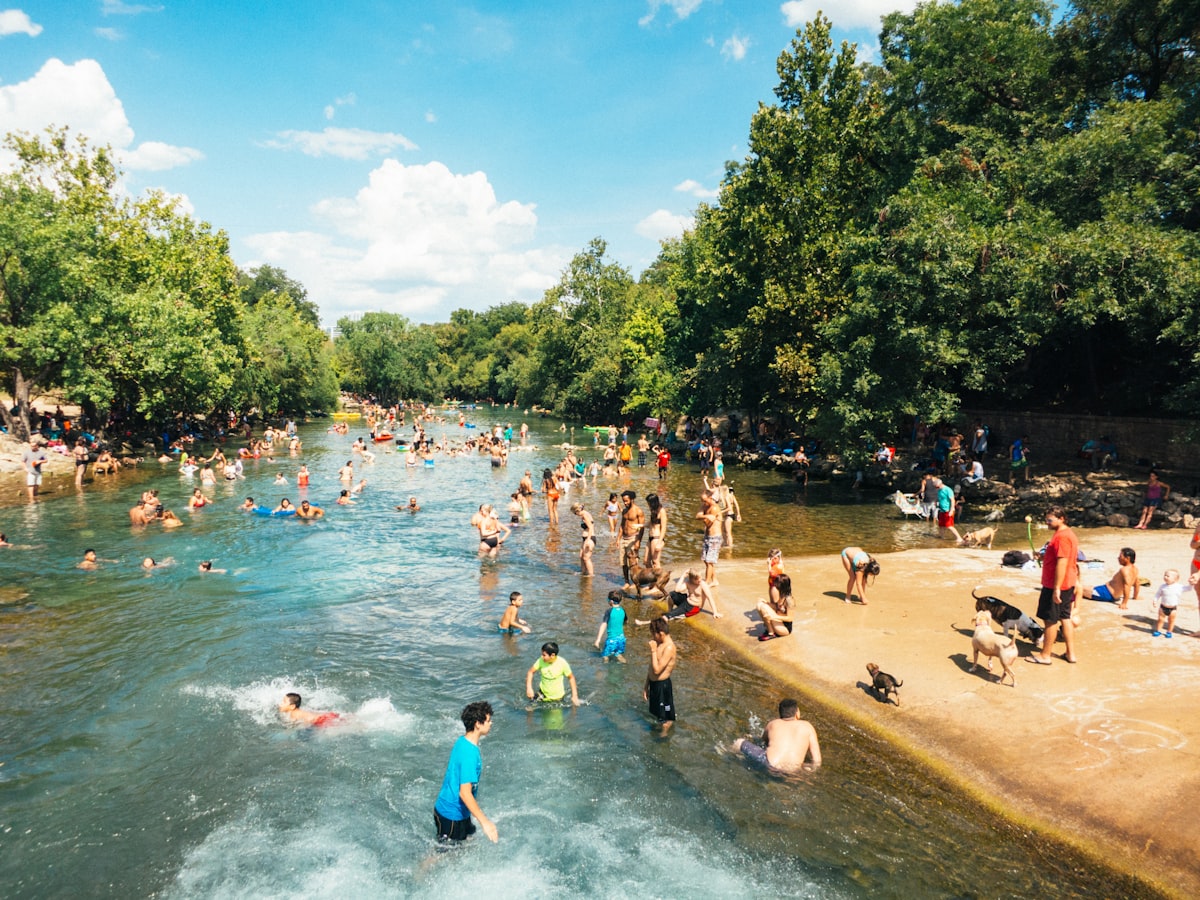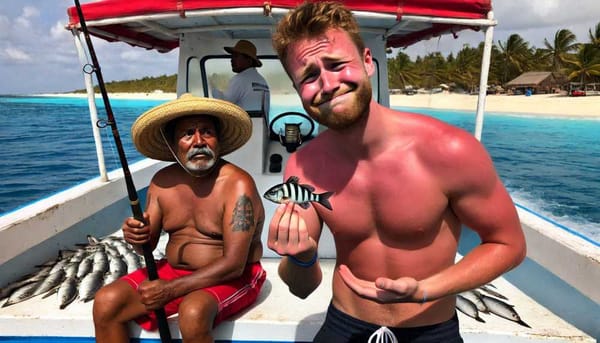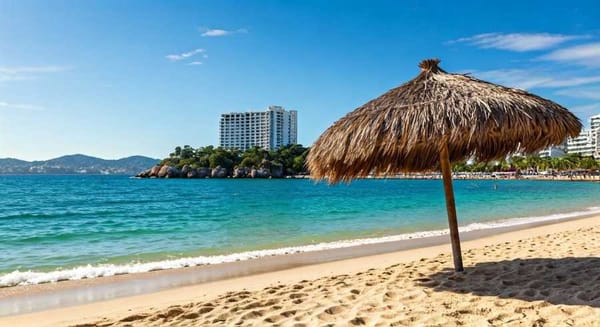Measures to avoid damage to health in this hot season
Prolonged exposure to high temperatures above 39 degrees Celsius (103 degrees Fahrenheit) can cause heatstroke, sunstroke, and skin burns.

Prolonged exposure to high temperatures above 39 degrees Celsius ( 103 degrees Fahrenheit) can cause heatstroke, sunstroke, sunstroke, and skin burns. Prolonged exposure to high temperatures above 39 degrees can cause heatstroke, heatstroke, and skin burns. Children under five years of age and adults over 60 years of age are the most vulnerable during this season.
Heatstroke causes vital functions to be altered due to the loss of body fluids and difficulty in blood flow, causing the person not to receive the necessary oxygen and nutrients. At the cardiac and cerebral level, it can lead to disorders of indifference and lack of attention, and if the temperature rises to more than 40 degrees, it can even cause death.
If people have to be exposed to the sun's rays, they should consume fluids containing electrolytes such as sodium and potassium.
It is necessary to wear a hat or cap and light clothing.
If the person is in closed places, he/she should have good ventilation, because high temperatures in a closed place, where there is no air conditioning or fan causes the body temperature to rise.
Episodes of diarrhea may occur since they favor dehydration, so oral hydration should be insisted on.
When exposed to sunlight, sunscreen with a sun protection factor greater than 40 or 50 should be used to avoid the risk of skin burns.
With high temperatures it is easier for food to spoil and if consumed in that state, can cause severe diarrhea, so it is recommended not to eat raw food, but well cooked or fried.
Effects of the heatwave - protect yourself
A heatwave is a period of excessive temperature, almost always combined with humidity, that lasts for several consecutive days. The effects of this phenomenon are:
Heatstroke
Fainting
Dehydration
Thermal shock
Skin diseases
Remember, babies, children under 16, older adults, and people with fair skin are more prone to sunburn.
To protect yourself, it is recommended:
Avoid sunbathing between 11:00 a.m. and 4:00 p.m.
Do not perform intense physical activities under the sun.
Drink plain water even if you are not thirsty
Eat fresh food, fruits, and vegetables
Use sunscreen
Avoid drinking alcoholic beverages
Use sunglasses, a cap, or a hat.
Enjoy your vacation by taking care of the sun. Talk to your family about the risks of sunburn and ultraviolet (UV) sun damage, which can cause skin problems.
10 recommendations for high-temperature days
Protect yourself: Avoid sun exposure between 11 am and 4 pm.
Wear loose-fitting, light-colored clothing.
Do not perform intense physical activities under the sun.
Drink water on time, even if you are not thirsty. Hydrate yourself permanently.
Eat fresh food, fruits, and vegetables.
Use sunscreen, minimum SPF15.
Wear sunglasses, a cap, and/or a hat.
Avoid consuming alcoholic beverages.
Do not stay in a vehicle with the doors closed. Never leave babies, children, elderly or handicapped people in a vehicle in the sun.
Your pets also feel the heatstroke. Make sure they always have water available, do not leave them outdoors or take them to walk on asphalt, they can hurt their paw pads because of the hot ground. Never leave them in unventilated rooms or vehicles in the sun.
If, despite the recommendations to take care of yourself from the sun, your skin is red and hot
It is necessary to get out of the sun's rays.
Cover the skin with a wet cotton cloth, it can be a towel or T-shirt.
Try soaking the damaged skin in a cool bath with colloidal oatmeal or baking soda to relieve the pain and try to remove some of the heat.
Although a shower can soothe the skin, you can administer an analgesic, taking into account the indicated dosage.
With burns, there is a risk of dehydration, so it is recommended to drink natural water constantly.
If you have a calamine lotion or talcum powder, you can apply it to the affected area to help absorb the heat from the burned area.
After the burn has cooled down a bit, apply a moisturizing cream containing aloe vera. Lotion or cream with aloe vera not only soothes burned skin, but aloe is a natural healing product that reduces swelling and pain. For very painful burns, buy a lotion that also contains a local anesthetic, which soothes the discomfort of the burned area.
Avoid any home remedies.
On your next visit to the doctor or pediatrician, inform him/her of the burn. The specialist must be alert to any new or unusual skin lesion.




